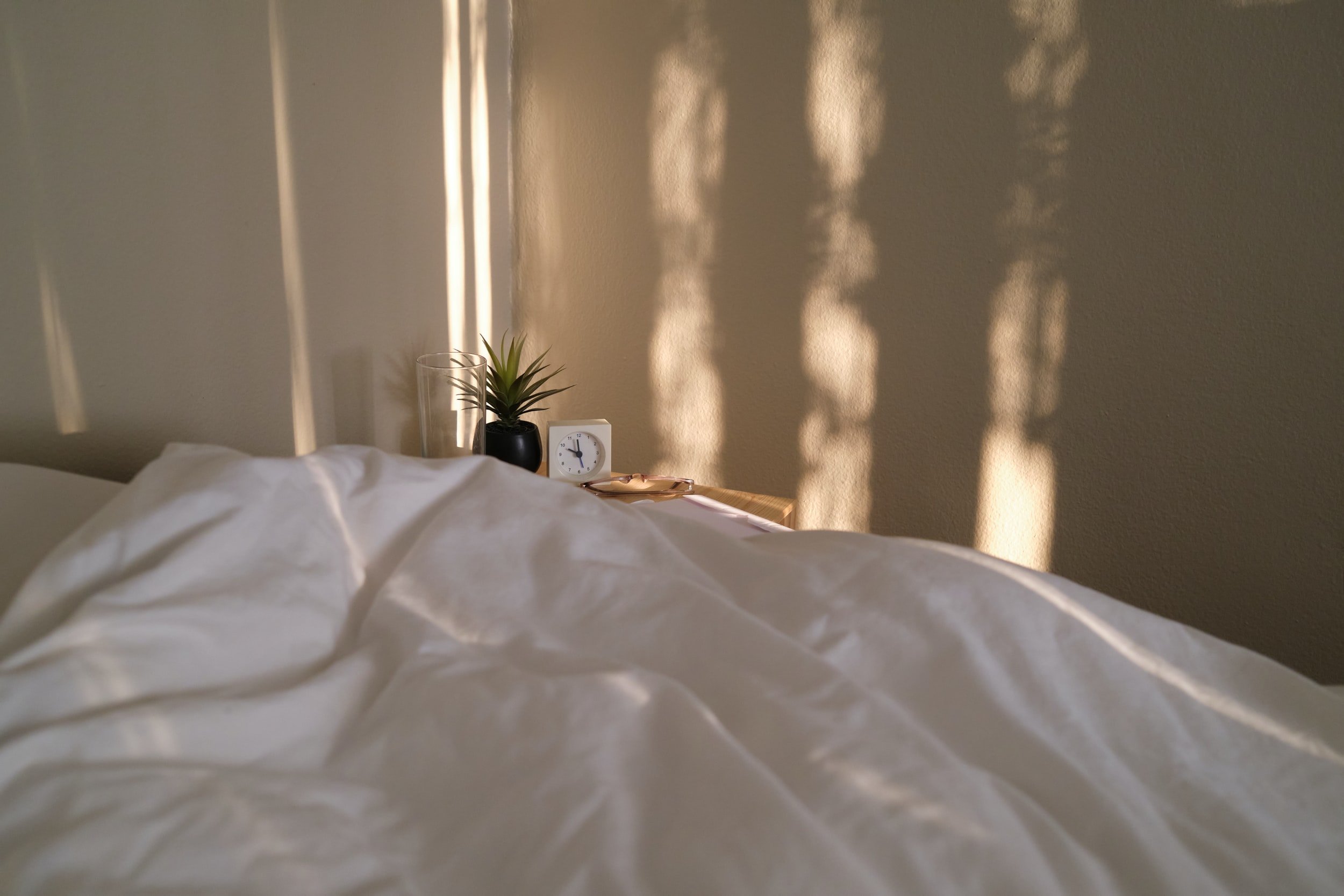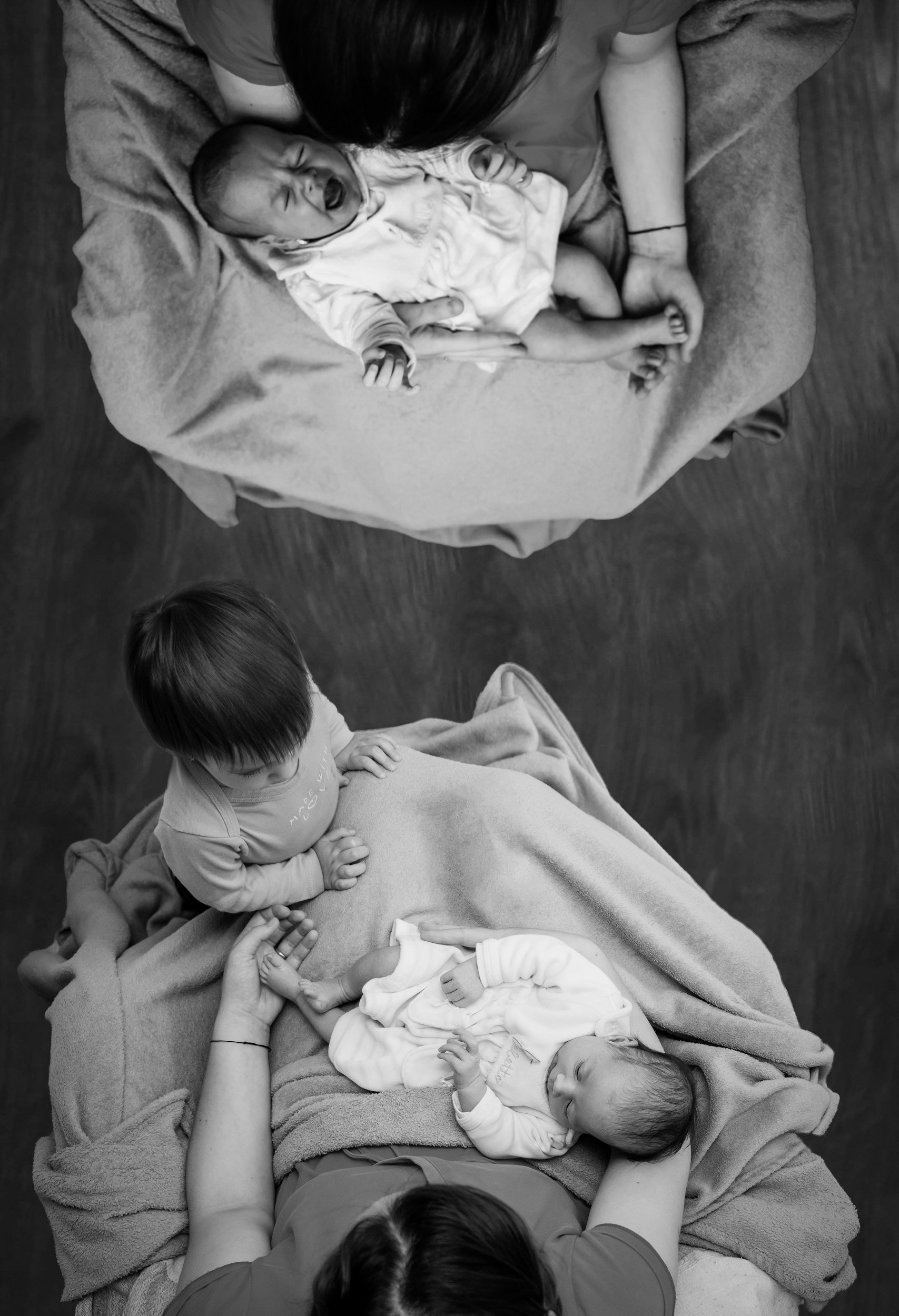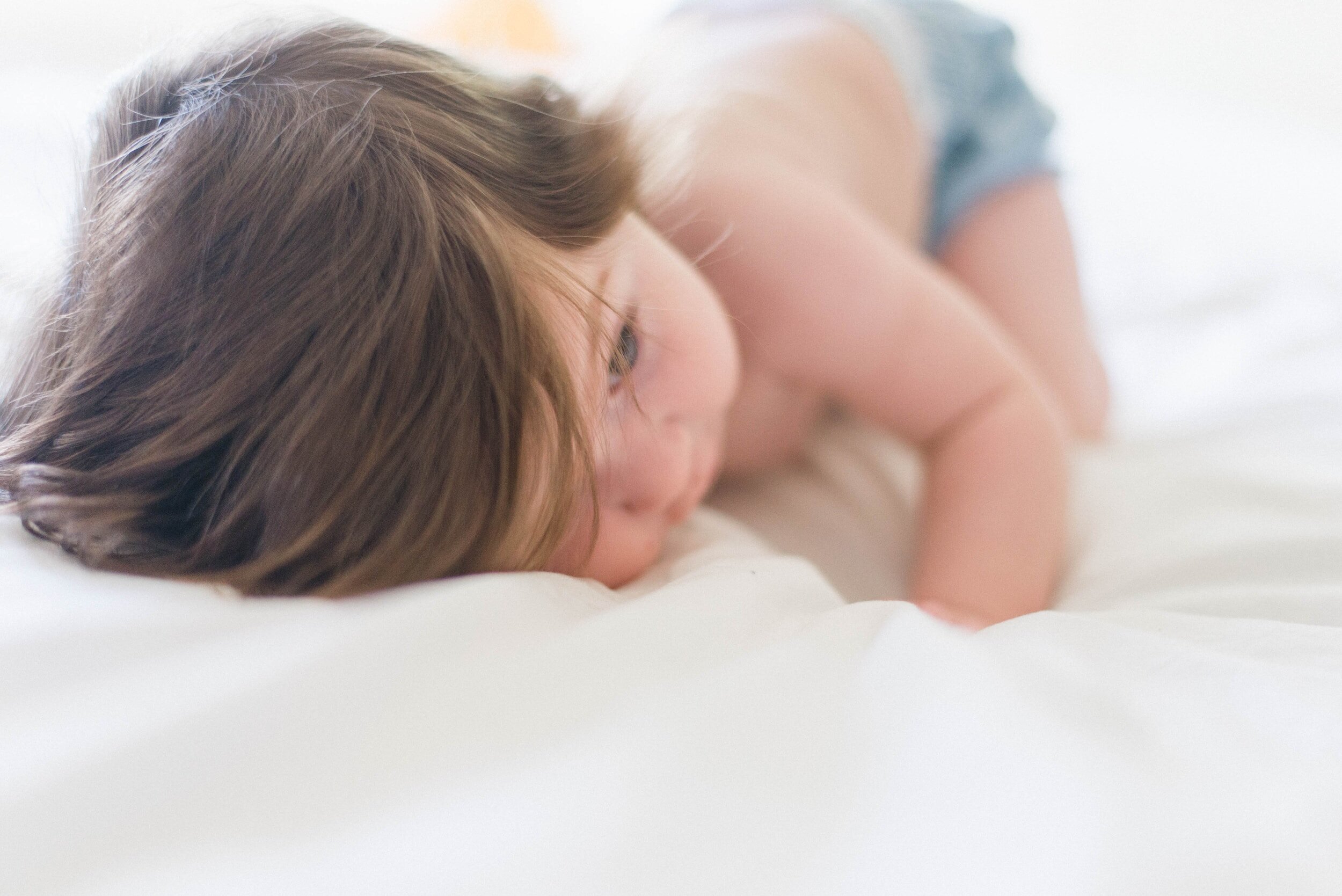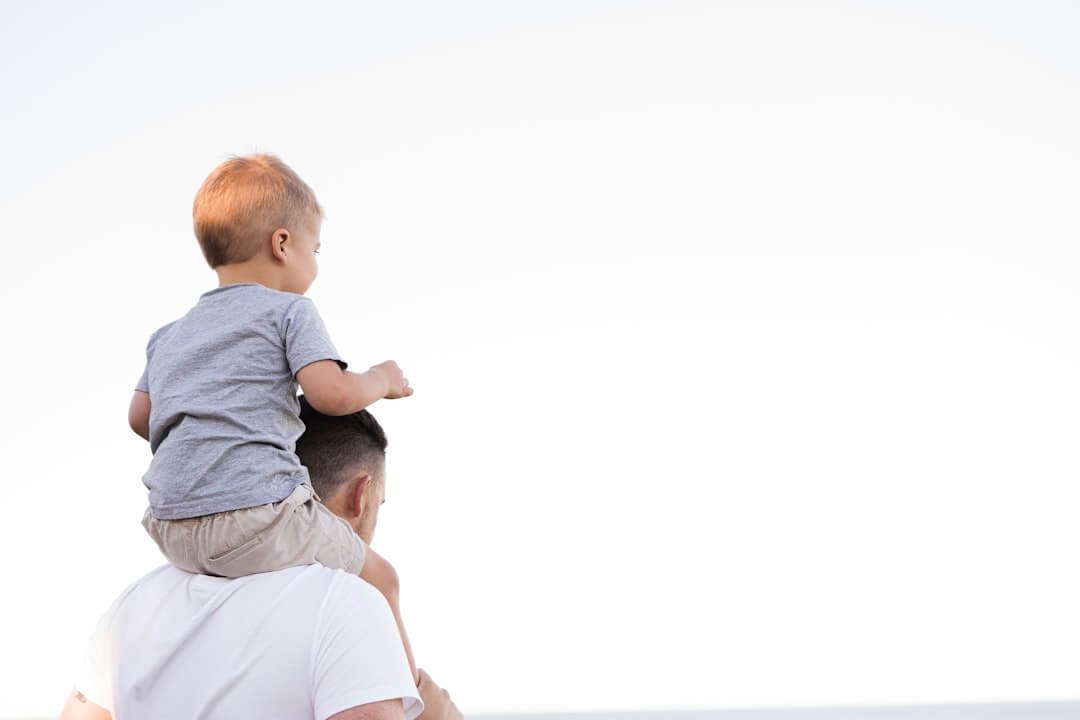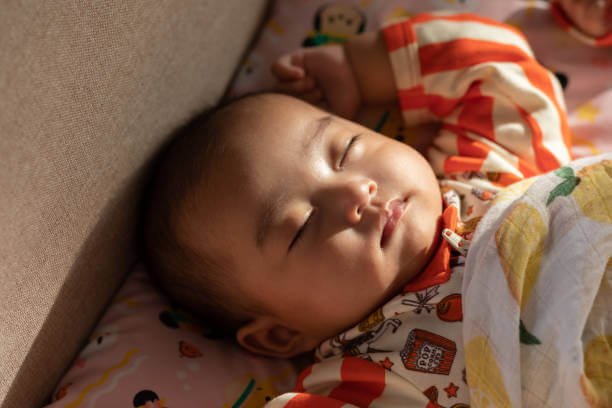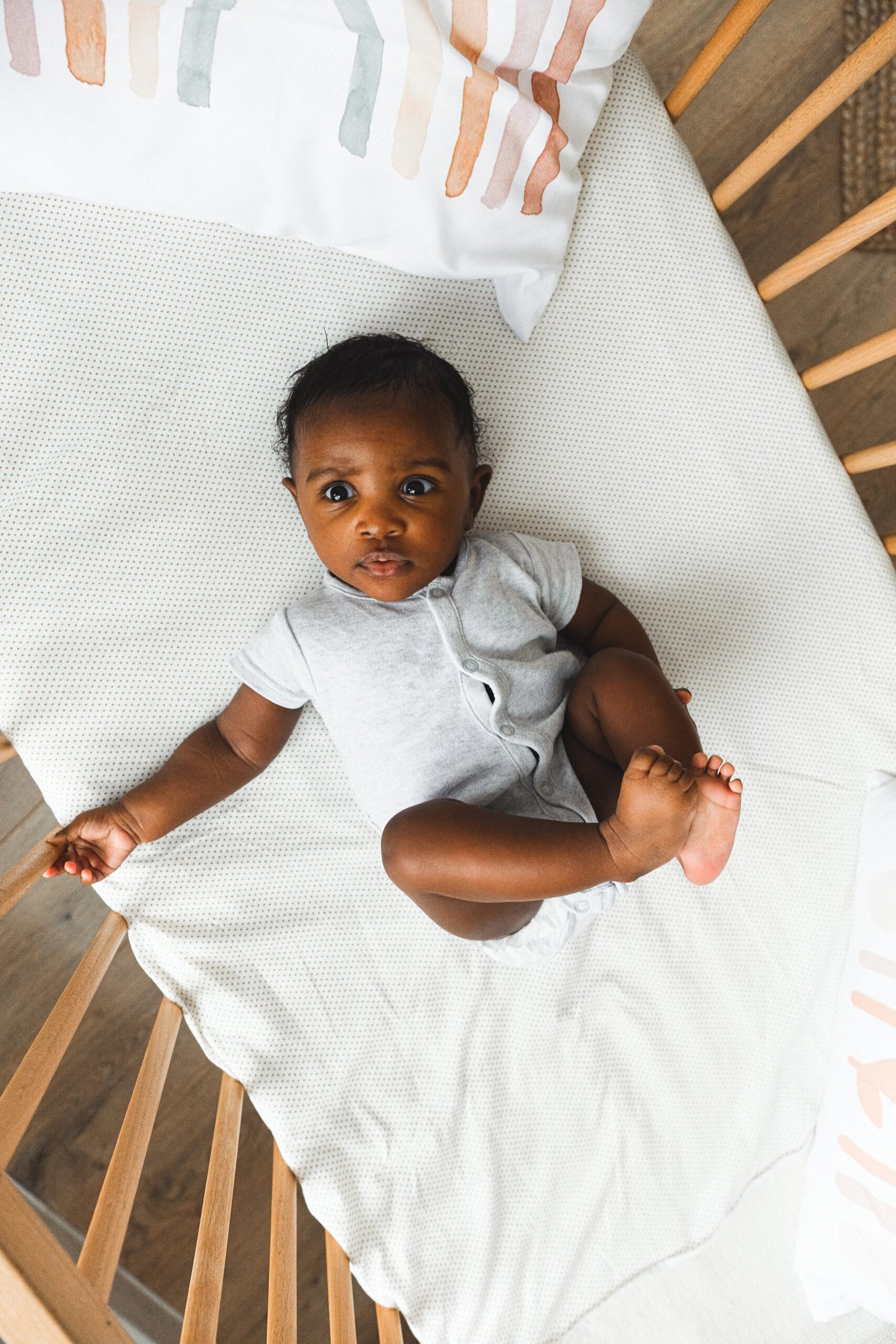I'm Rachael
Mom of 3 & Baby Sleep Expert with Big Sis Energy
& I’VE DONE ALL THE RESEARCH FOR YOU ALREADY.
Better sleep for the entire family
BROWSE COURSES
hey!
8 evidence-based infant sleep strategies
in this post:
If you’ve been looking for baby sleep info, you’ve probably seen the term “evidence-based” to describe certain strategies, approaches or programs. What is this “evidence” anyway? And what does it mean for a sleep philosophy or tool to be “evidence-based?”
What does “evidence based” even mean?
Typically used in fields of medicine and academia, evidence-based denotes an approach that emphasizes the practical application of the findings of the best available current research.
Evidence Based Practice (EBP) is a process of “integrating the best available research evidence with clinical expertise and the patient’s unique values and circumstances” (Straus, Glasziou, Richardson, & Haynes, 2011).
are there evidence-based ways to improve infant sleep?
There are! While we don’t have mountains of research papers on infant sleep, and many studies are imperfect, we do have lots of practices that are evidence based and widely accepted.
Keeping in mind that “evidence-based” is meant to use best research available PAIRED WITH clinical expertise and the patient’s (or parent’s!) particular values, preferences and circumstances, there are plenty of strategies you can use with your infant that will or WILL NOT feel right to YOU, and that’s okay! Just because something is “evidence-based” does not mean it’s required.
Here are eight evidence-based sleep interventions for babies and children:
-
Establishing a Positive Bedtime Routine: Consistency and connection are the keys when it comes to bedtime routines. Engage in calming activities such as a warm bath, gentle massage, putting on a soothing playlist, or reading a bedtime story to signal to your baby that it’s time to wind down. Establishing consistent and positive bedtime routines including these activities can signal to children that it’s time to wind down and prepare for sleep. For older children, routines are important as well and can reduce things like power struggles and anxiety around bedtime.
-
Responsive Feeding: While it’s essential to feed your baby on demand, establishing a feeding schedule during the day can help differentiate between day and night feedings, aiding in the development of circadian rhythms. Remember that you don’t need to adhere to strict clock-based schedules, but knowing your baby’s hunger cues and responding to them quickly during the day can help them get most of their feedings in during waking hours. Of course it’s still normal for infants to wake to feed throughout the night as well, and this isn’t a problem unless it’s causing issues for you. Always speak with your healthcare team/ an IBCLC if you have concerns with your child’s feeding.
-
Creating a Sleep-Inducing Environment: Keep the sleep environment conducive to rest by maintaining a comfortable room temperature (around 68-72°F) when possible, minimizing noise and light disturbances, and using brown or white noise machines or gentle lullabies (Taylor Swift anyone?!) to soothe your baby to sleep. You also want to be sure your baby is dressed in breathable fabrics so that they don’t overheat, and that their sleep space is clear of hazards.
-
Bedtime Fading: This approach involves gradually delaying bedtime to match the child’s natural sleep onset, thereby reducing bedtime resistance and improving sleep duration. [2] This technique is typically most effective with toddlers and older children, and I describe how to implement this approach in this blog post.
-
Scheduled Awakenings: This technique involves intentionally waking the child during periods of lighter sleep to prevent the occurrence of night terrors or sleepwalking episodes. [3] I often call this trick “wake to sleep” and it can be done to help with short naps, early morning wakings, etc. as well. It’s a great trick!
-
Mindfulness-Based Interventions: Mindfulness practices, such as meditation and relaxation techniques, have shown promise in improving sleep quality and reducing sleep disturbances in both children and adolescents. One mindfulness strategy that works for young children is mindfulness-infused stories like the ones inside the Goldminds App.
-
Light Therapy: Light exposure, particularly in the morning, can help regulate the circadian rhythm and improve sleep quality, especially for children with circadian rhythm disorders or delayed sleep phase syndrome. Getting outside with your baby, particularly in the morning, can be a great start to the day and lead to better sleep at night. Win win!
-
Sleep Hygiene Education: Providing children and their parents with education on sleep hygiene practices, such as limiting screen time before bed, maintaining a consistent sleep schedule, and creating a comfortable sleep environment, can promote healthy sleep habits.
These interventions, supported by research evidence, offer additional options for parents and caregivers seeking to address sleep challenges in babies and children with gentle and responsive methods.
References:
1. Mindell, J. A., Kuhn, B., Lewin, D. S., Meltzer, L. J., & Sadeh, A. (2006). Behavioral Treatment of Bedtime Problems and Night Wakings in Infants and Young Children. https://pediatrics.aappublications.org/content/117/5/e924.short
2. Gradisar, M., & Wolfson, A. R. (2012). Treatment of sleep problems in families with young children: Effects of treatment on family well-being. https://pubmed.ncbi.nlm.nih.gov/21892993/
3. Kohyama, J. (2011). Sleep terrors in children. https://www.ncbi.nlm.nih.gov/pmc/articles/PMC3312397/
4. Bei, B., Byrne, M. L., Ivens, C., Waloszek, J., Woods, M. J., Dudgeon, P., … & Allen, N. B. (2013). Pilot study of a mindfulness‐based, multi‐component, in‐school group sleep intervention in adolescent girls. https://onlinelibrary.wiley.com/doi/abs/10.1111/jcpp.12052
5. Reid, K. J., & Zee, P. C. (2009). Circadian rhythm disorders. https://pubmed.ncbi.nlm.nih.gov/19343004/
6. Mindell, J. A., & Williamson, A. A. (2018). Benefits of a bedtime routine in young children: Sleep, development, and beyond. https://www.ncbi.nlm.nih.gov/pmc/articles/PMC5958164/
7. Gruber, R., Cassoff, J., Frenette, S., Wiebe, S., & Carrier, J. (2012). Impact of sleep extension and restriction on children’s emotional lability and impulsivity. https://pubmed.ncbi.nlm.nih.gov/22238410/
8.Gradisar, M., & Wolfson, A. R. (2012). Treatment of sleep problems in families with young children: Effects of treatment on family well-being. https://pubmed.ncbi.nlm.nih.gov/21892993/
Featured
When daylight saving time ends, we “fall back” one hour, meaning that sunrise and sunset will occur an hour earlier. How will this affect your baby’s sleep?
Responsive sleep tips and support for parents of multiples or twins.
What are floor beds? When to use them? And How to use them?
binge reads
We think you'll love these
You deserve to the
baby stage, not just "survive it."
And you DON'T have to sacrifice your values, ignore your instincts, or force yourself to follow a method you don't align with just to get your baby back to sleep.
I’m here to help you create a restful, sustainable sleep environment that honors both your baby’s needs AND your own (without the stress OR the guilt!) because, no, you don’t have to choose between the two.
enjoy!
BABY SLEEP COURSES →
BABY SLEEP CONSULTS →
Wish you could help your baby sleep better without resorting to sleep training? Download my FREE guide to a good night’s sleep and learn 8 simple, science-backed tips for supporting your child’s needs.
Traditional sleep training methods don’t have to be your solution to better sleep.
SLEEP TRAINING ISN’T THE ONLY WAY TO GET GOOD SLEEP
Hey, I'm Rachael and Hey, Sleepy Baby is for parents who want to get their nights back, without sleep training their babies.
NO ONE TOLD US POD
explorING the untold truths of parenting
